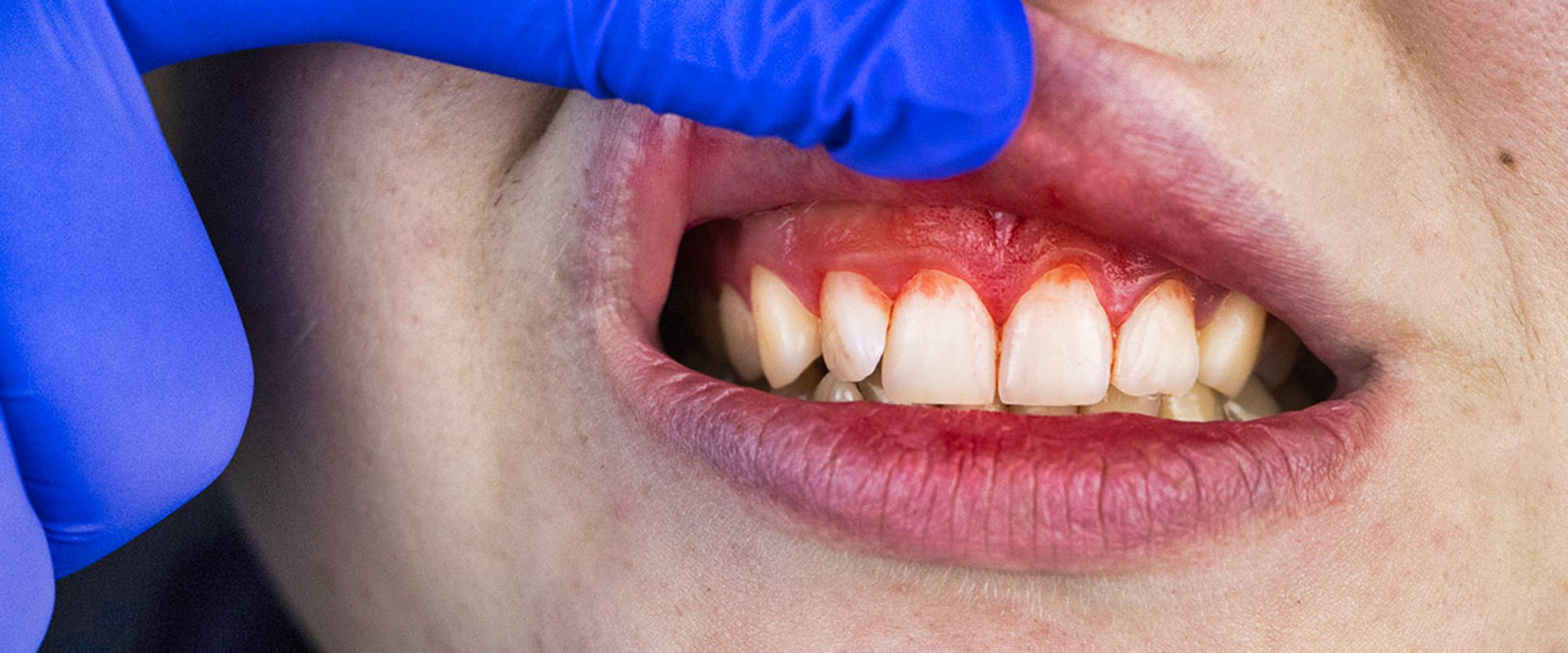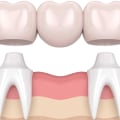Periodontal disease, commonly known as gum disease, is a serious oral health condition that affects the gums and the structures supporting the teeth. It develops when bacteria in plaque build up around the gumline, leading to inflammation, infection, and eventually damage to the tissues and bone. While early stages of periodontal disease, known as gingivitis, are often mild and reversible, more advanced stages can result in severe complications, including tooth loss and systemic health problems. Recognizing the symptoms of periodontal disease is crucial for early intervention and effective treatment, which is why regular dental checkups with professionals like the best dentist near Arredondo, Florida are essential for maintaining oral health.
Red, Swollen, and Bleeding Gums
One of the earliest and most noticeable symptoms of periodontal disease is red, swollen, or tender gums. Healthy gums are typically firm and pale pink, but inflammation caused by bacterial infection can lead to changes in color and texture. Gums may appear puffy and feel sore to the touch. Another common sign is bleeding during brushing or flossing, which many people mistakenly ignore, thinking it is a result of brushing too hard. However, bleeding gums are often an indication of gum disease and should not be overlooked.
Persistent Bad Breath or Unpleasant Taste
Bad breath, or halitosis, that doesn’t go away even after brushing, flossing, or using mouthwash can be another symptom of periodontal disease. The bacteria causing the infection release toxins and create a foul odor that persists despite good oral hygiene practices. Similarly, some people experience a constant unpleasant taste in their mouth, which can also be a result of the bacteria and decay associated with gum disease. This symptom can be particularly distressing and may signal that the infection has progressed beyond the early stages.
Gum Recession
As periodontal disease advances, it can cause the gums to recede or pull away from the teeth, exposing the roots. Gum recession not only affects the appearance of your smile but also increases sensitivity to hot or cold foods and drinks. The exposed roots are more vulnerable to decay and damage, further exacerbating oral health issues. If you notice that your teeth appear longer than usual or that pockets have formed between your gums and teeth, it could be a sign of advanced periodontal disease.
Loose or Shifting Teeth
One of the more severe symptoms of periodontal disease is loose or shifting teeth. As the infection progresses, it destroys the bone and tissues that support the teeth, weakening their stability. Teeth may begin to move or feel wobbly when chewing or speaking. In some cases, gaps may develop between the teeth, or the bite alignment may change. These symptoms indicate significant damage and require immediate attention to prevent tooth loss.
Pus or Discharge Around the Gums
Another alarming symptom of periodontal disease is the presence of pus or discharge around the gums or between the teeth. This is a clear indication of infection, as the body attempts to fight the bacteria by producing pus. Pus pockets, also known as abscesses, can be painful and are a sign that the disease has reached an advanced stage. Left untreated, these infections can spread to other areas of the mouth or even enter the bloodstream, leading to more severe health complications.
Sensitivity and Pain
Increased sensitivity to temperature changes or pain while chewing can also be symptoms of periodontal disease. As the gums recede and the roots become exposed, teeth may become more sensitive to hot, cold, sweet, or acidic foods and drinks. Additionally, the infection and inflammation in the gums can cause discomfort or pain, especially when eating or brushing.
Systemic Health Implications
Periodontal disease doesn’t just affect the mouth; it can have far-reaching impacts on overall health. Studies have linked gum disease to conditions such as heart disease, diabetes, and respiratory issues. Chronic inflammation caused by periodontal disease can contribute to systemic inflammation, which may exacerbate these health problems. For this reason, addressing the symptoms of gum disease promptly is vital for maintaining both oral and overall health.
Conclusion
The symptoms of periodontal disease range from mild to severe, and recognizing them early can make a significant difference in treatment outcomes. Red, swollen, and bleeding gums, persistent bad breath, gum recession, loose teeth, and the presence of pus are all warning signs that should not be ignored. Regular dental checkups and cleanings with trusted professionals, such as the best dentist near Arredondo, Florida, are essential for detecting and managing gum disease. By maintaining good oral hygiene and seeking prompt care when symptoms arise, you can protect your gums, teeth, and overall health from the serious consequences of periodontal disease.








